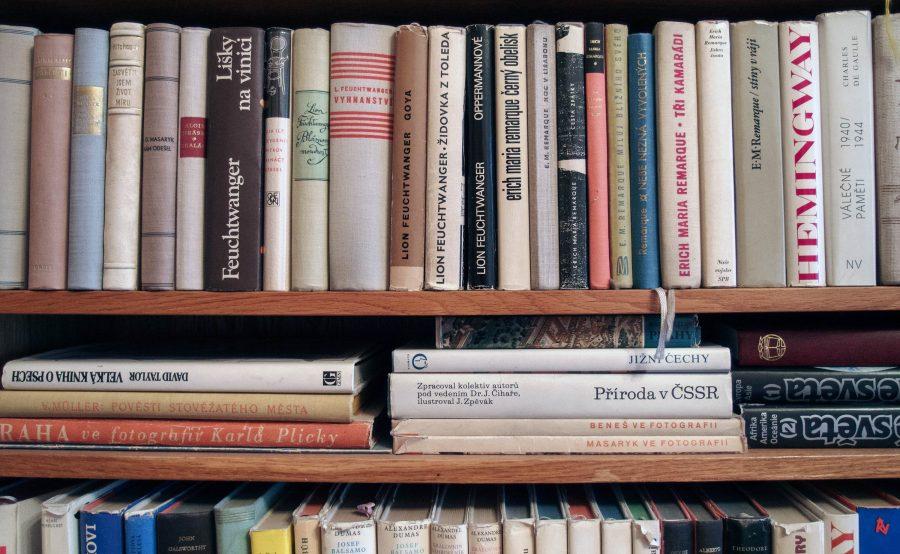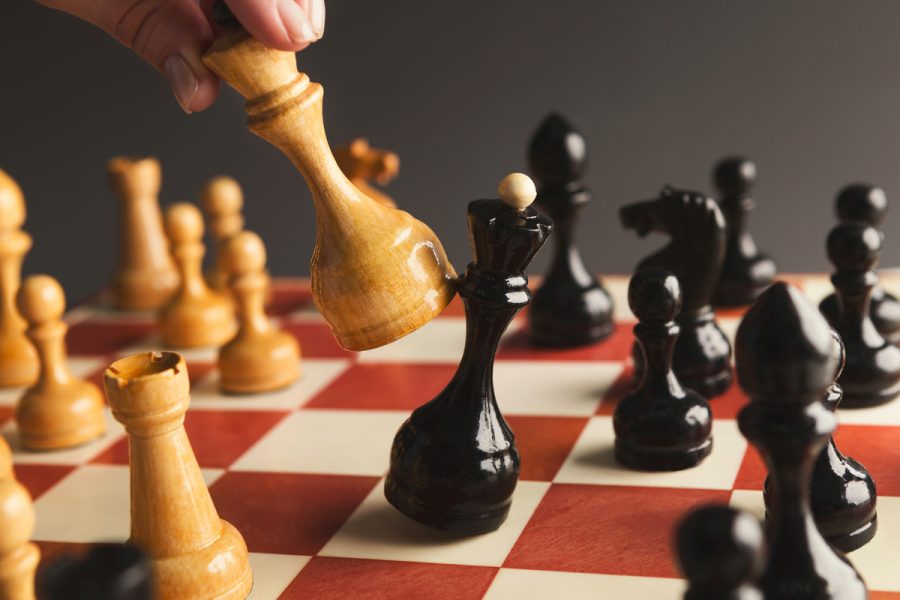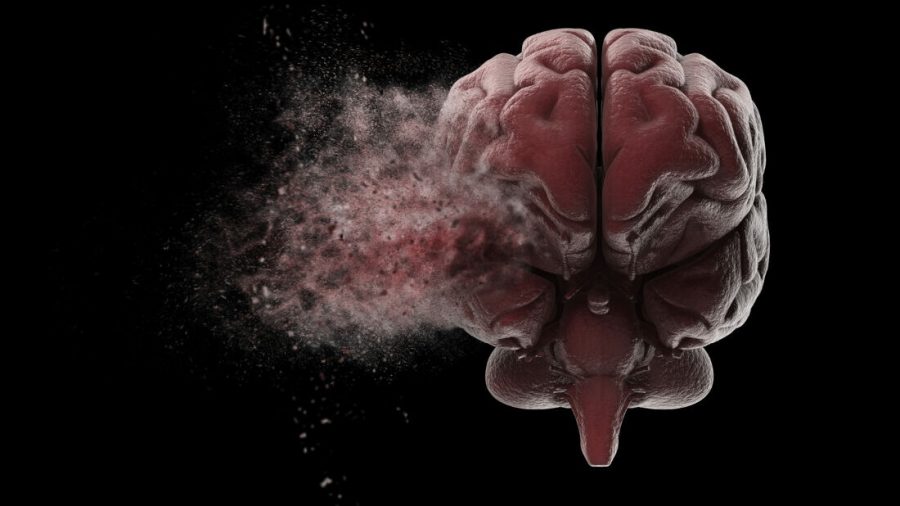When’s the last time you saw an individual actively check out a library book that wasn’t for a class in the media center? When’s the last time you saw someone’s eyes sparkle with tender childlike wonder when they saw a book on the “New Arrivals” section of the library? When’s the last time you realized that the book shelves glued to the walls are more than just a mere decoration? While I’ve encountered a couple bibliophiles, reading for pleasure is a hobby that seems less and less popular. However, worry not, because today’s edition of Royal Tea will provide you some literary inspiration! In this final episode of Royal Tea, I will bid my readers adieu with a list of some of my favorite books. From historical fiction to romantic realism, these books have fueled my interest in the tales of the past.
1.Anna Karenina
Anna Karenina, hands down, is my favorite novel. I first read it in 8th grade when I was going through a phase where I was obsessed with reading classics. Back then, I had a tiny superiority complex because of it as well–thirteen year old Valeria thought that reading century old books made her infinitely more intelligent than her peers, who probably read Wattpad fanfictions. The version of the book I picked up was a little bit over nine hundred pages, and carrying it in my backpack certainly didn’t help my developing scoliosis. Although this book took me nearly a week to finish, I can solidly say that every homework assignment I put off was worth the experience of such fine literature (leave it to me to say something that sounds so utterly posh.) This novel essentially deals with adultery: a young, beautiful wife is called to tend to her brother, who has cheated on his wife. Upon taking a trip to Moscow she meets Count Vronsky, a cavalry officer who is more her style and certainly more intriguing. Like many classics of its time period, this novel is more than what its premise composes of. This book is nine hundred pages, for Christ’s sake! It’s subplot, monologue and page-long scene description frenzy! All facts aside, what really makes this book special is not its plot (though it is extremely entertaining to follow the titular character’s spiral into despair), but it’s beautiful writing. The way Leo Tolstoy describes scenes, people and feelings is refreshing and strangely familiar. If you’re into pretty writing and bureaucratic Russia, take a chance on this book!
NOTE: This book’s opening line is probably the best ever written: “All happy families are alike; each unhappy family is unhappy in its own way.”
2. Memoirs of a Geisha
There is indeed some controversy with this novel. It was claimed that the author, Arthur Golden, betrayed the trust of one of the Japanese women he was interviewing for the research of this book and dramatized some of the information he was given. The book was also criticized for its western view and cultural misinterpretation of Japanese culture. Though I was initially turned off by supporting an author who allegedly fetishized the roles of Geishas, I eventually read the book because I wanted to see an example of what not to do in my own writing when tackling historical fiction. I quickly found out that Arthur Golden, despite spurring quite the controversy, was one hell of a writer. This book tells the story of Chiyomi, a young girl who is sold to a geisha boarding house, and her journey becoming the most sought-after and desirable geishas of her district. It’s filled with cultural references and nuances and the intensity of the writing, as well as its devotion to creating striking characters, carries you through the book’s twenty year stretch effortlessly. I feel conflicted recommending this book because of its controversies and because I think it’s important that authors that write about cultures they are not a part of should treat their craft with care. However, if an entertaining read is what you are looking for, this is it–just keep in mind that the author’s code of conduct wasn’t ideal.
NOTE: There is a movie adaptation of this. It’s pretty good but none of the characters are played by Japanese actors. Big thumbs down. Michelle Yeoh is and always will be a baddie though.
3. Atonement
I recommended the movie adaptation of this novel in my previous blog post–that’s how much I absolutely love this story. This is one of those cases (although certainly not a rare one) where the source material is so, so, so much better than the movie adaptation. (SIDENOTE: it’s sort of inevitable that the book is always better than the movie, isn’t it? There’s only so much you can portray in a strict movie time period. You can portray the scenes, the emotions and give it vitality that a book lacks, but the degree of details and the depth of feeling that a book has is virtually impossible to perfectly imitate. Read the books, people!) Atonement involves three central characters: Briony Tallis, Cecilia Tallis and Robbie, the son of a housemaid who resides at their estate. Spanning across three time periods, Atonement covers the guilty conscience of an aspiring writer from a wealthy family, who destroys the lives of her older sister and her lover, Robbie, by making an impulsive mistake. Although this book initially comes off as romance, it’s more of a commentary on the nature of writing and dealing with personal atonement after making a great mistake.
NOTE: In the book, Briony Tallis is implied to have a crush on Robbie, her older sister’s lover. This schoolgirl crush, I believe, is part of the reason she unintentionally frames Robbie for a rape he did not commit. Come on, Briony! Robbie’s being charged with the rape of a wealthy white woman here! You’re ruining his life! He’s innocent! Innocent! Too bad she doesn’t realize the implications of what she’s done until Robbie ends up dead in the war.


















































































